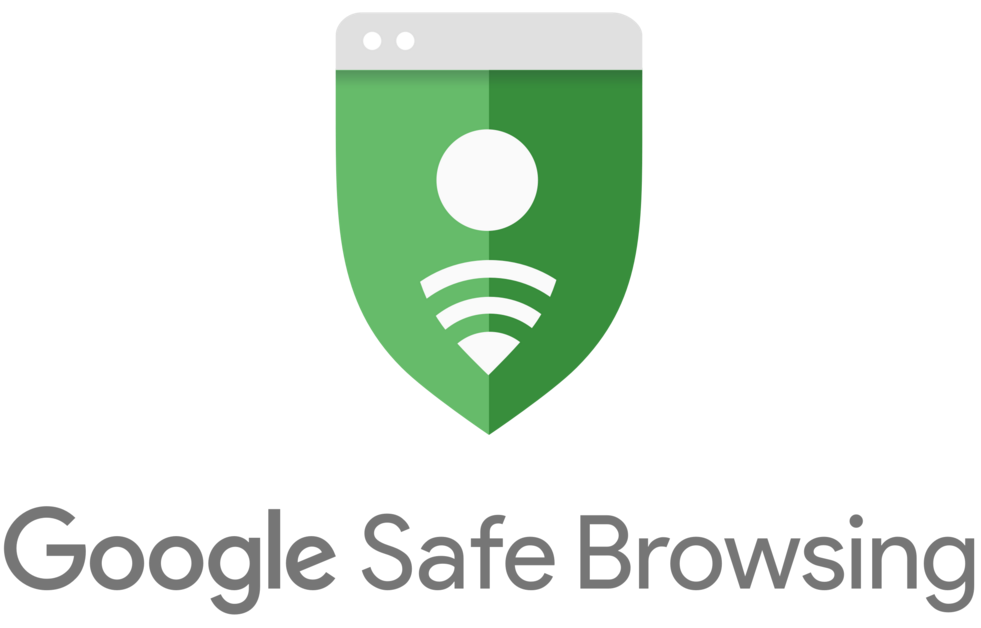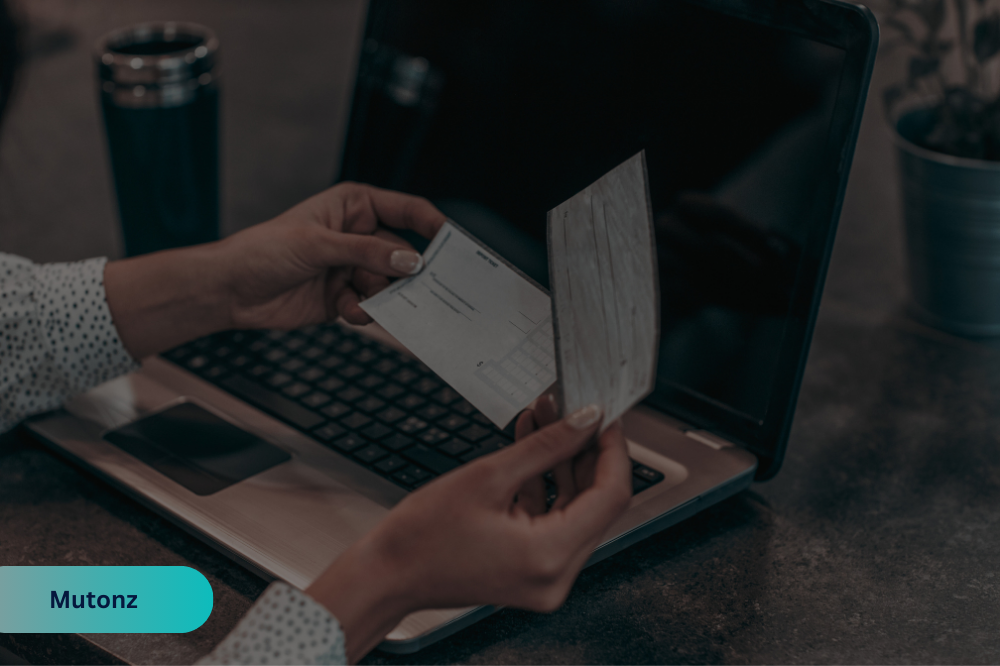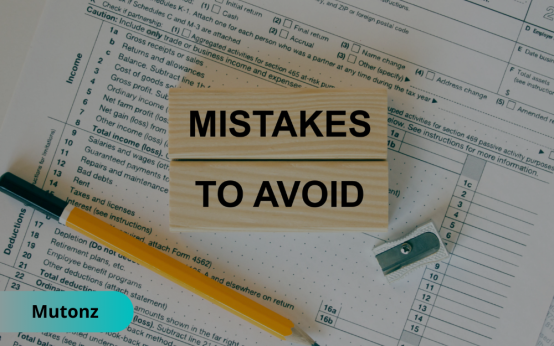A bank draft, also known as demand drafts in some countries, is a reliable and secure payment method issued by a bank, especially suited for high-value transactions, making them a trusted option for many individuals and businesses.
Essentially, it guarantees the recipient that the funds are available and will be paid upon presentation. This makes bank drafts a popular choice for international transactions, real estate deals, or when purchasing large-ticket items.
What Is A Bank Draft?
Unlike personal checks, which may bounce if there are insufficient funds in the issuer's account, a bank draft ensures the recipient will be paid because the issuing bank withdraws the money from the payer's account before issuing the draft. Because of this assurance, bank drafts are a preferred option for handling significant transactions. Bank drafts can be deposited through various channels, including at bank branches, ATMs, or via mobile apps provided by financial institutions.When Should You Use It?
By using a bank draft, you ensure that the transaction is not only legitimate but also free from potential issues like bounced checks. Here are some situations where it can be a better choice:- Real Estate Deals: sellers often prefer bank drafts for down payments on properties, as it ensures they receive the funds immediately.
- High-Value Purchases: whether buying a car, expensive jewelry, or other costly items, a bank draft provides a secure way to complete the payment.
- Safe Money Transfers: if you need to send money to someone you’re not familiar with or make an international transfer, a bank draft is a more reliable option compared to personal checks.
How Does a Bank Draft Work?
- Requesting the Draft: the payer visits their bank and requests a bank draft. This can usually be done in person, online, or through a banking app.
- Provide Necessary Information: share the recipient's name, the payment amount, and any relevant details or memos.
- Pay Associated Fees: be prepared to cover a processing fee for the draft.
- Funds Verification: the bank verifies that the payer has sufficient funds in their account. The amount for the draft is immediately withdrawn and held by the bank.
- Draft Issuance: the bank issues a physical or electronic draft, which includes the name of the recipient, the amount, and the bank’s details.
- Delivery to Payee: the payer delivers the draft to the recipient. If it's a physical draft, it can be mailed or handed over; for electronic drafts, they are sent directly.
- Payee Deposits the Draft: the recipient deposits the draft in their bank account.
- Clearing Process: the issuing bank releases the funds to the recipient's bank.
Pros vs. Cons of Bank Draft
Pros
- Guaranteed Payment: bank drafts eliminate the risk of insufficient funds, as the amount is already secured by the bank.
- Security: the payment details are clear, and there is minimal risk of fraud compared to personal checks.
- Wide Acceptance: they are trusted and accepted worldwide, making them ideal for international transactions.
- No Payment Holds: unlike personal checks, bank drafts are typically processed faster, reducing waiting times for the recipient.
- Traceable: the unique draft number helps with tracking and verifying the transaction safely and quickly.
Cons
- Fees: banks often charge a fee for issuing a draft, which can vary depending on the bank and the transaction’s value.
- Inconvenience: obtaining one may require visiting the bank, especially if online options are unavailable. It might also take longer compared to writing a check.
- Non-Reversible: it is pre-printed for a specific recipient and amount, you can’t change these details once its issued.
- Lost or Stolen Drafts: recovering them requires a lot of work.
What To Use Instead Of Bank Drafts?
While bank drafts are secure, they’re not the only option for guaranteed payments. Each method has its unique advantages and may suit different scenarios. Here are some alternatives:- Certified Checks: these are backed by the payer’s bank, which verifies the funds before issuance. However, the funds remain in the payer’s account until the check is cashed.
- Wire Transfers: aa fast and secure method to transfer funds electronically between banks. Wire transfers are widely used for international and high-value transactions.
- Electronic Funds Transfers (EFT): EFTs allow funds to be transferred directly between bank accounts without physical paperwork.



 8 Common Mistakes to Avoid When Filing Your Taxes
8 Common Mistakes to Avoid When Filing Your Taxes  Age Limits for Children’s Bank Accounts: What Parents Need to Know
Age Limits for Children’s Bank Accounts: What Parents Need to Know  The Impact of Artificial Intelligence Advancements on the Financial Lives of Americans
The Impact of Artificial Intelligence Advancements on the Financial Lives of Americans